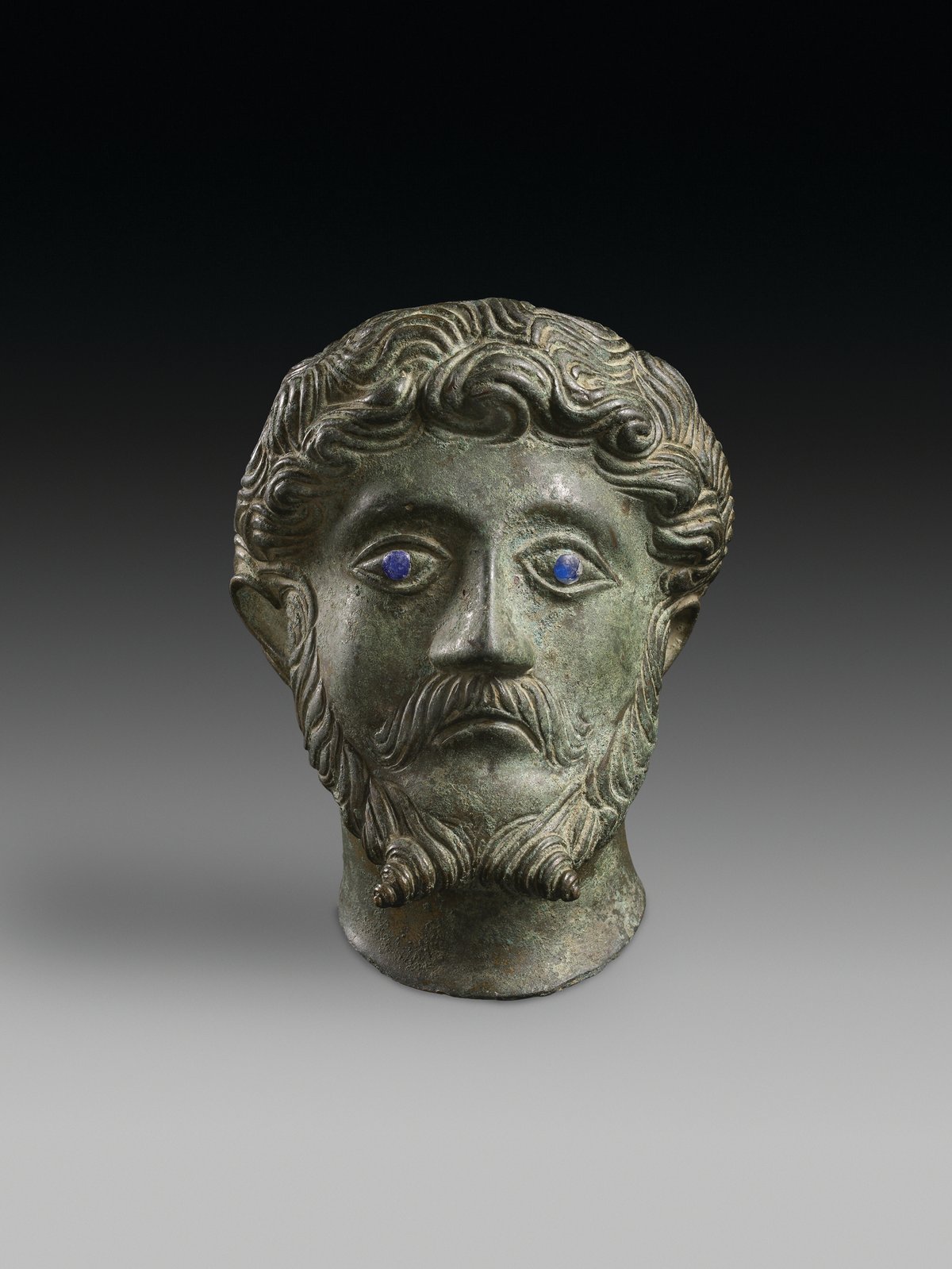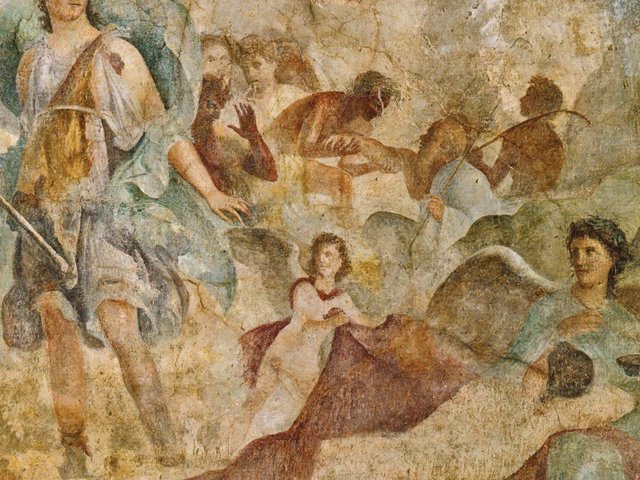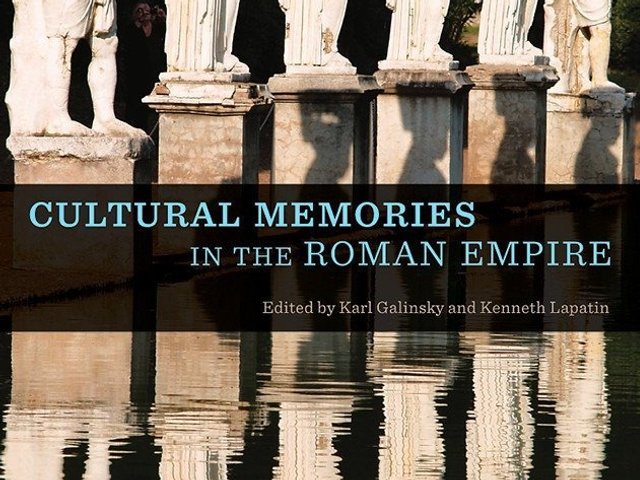In 2011, the Getty Foundation launched an ambitious academic experiment conceived by the late Natalie Kampen as part of the Connecting Art Histories initiative. A group of mainly junior researchers from differing backgrounds and disciplines was recruited for a “roving seminar” devoted to re-examining and debating the comparatively neglected subject of art in Rome’s provinces “in the field”.
The provinces of the Roman Empire offer plenty of scope for roving. At their greatest extent they encompassed the area of more than 30 modern nation states, from Britain to Egypt, Portugal to Syria. In every part of this territory we find the physical traces of a Roman material culture that, despite its great variety, exhibits an astonishing degree of technical and iconographical homogeneity. Under the conditions of Roman rule, the artistic traditions of Italy and the urban centres of the Mediterranean, themselves largely inherited from the Greek world, became a common visual language for a vast provincial population. The shared imagery of statues, figural reliefs, wall paintings, domestic mosaics, coins, ceramics and so on might seem to have united the Empire even more effectively than actual language. The fact that the execution of Roman-style monuments often appears crude or idiosyncratic—provincial, in fact—only serves to strengthen the impression of Roman art as a cohesive repertoire, even if recent, revisionist research has more or less outlawed the concept of Rome itself as a cultural centre “Romanising” its provincial peripheries.
In the event, two regions—Britain and Greece—were chosen to host the Getty seminars and associated field trips, although the interests of the international participants represented the whole geographical breadth of the Empire. Beyond Boundaries: Connecting Visual Cultures in the Province of Ancient Rome is the beautiful and carefully edited outcome of their deliberations over two years. The title implies the crossing of the political boundaries of the Empire, insofar as these can be said to have existed. Indeed, one of the most interesting contributions is by the Indian art historian Naman Ahuja, who reassesses the identity of Gandharan Buddhist sculptures within the complex, globalised world they shared with Roman art. But his inclusion in the project also demonstrates the organisers’ determination to cross conceptual and disciplinary boundaries, and to mount a fundamental challenge to entrenched assumptions about the nature of Roman art. In this aim, the book is largely successful. Its 19 papers include a mixture of historiographical discussions, provocative arguments, theoretical reflections, and more empirical case studies. They cover sculpture, coinage, metalwork, architecture and sites of religious ritual. There is a refreshing departure from the sometimes over-simple post-colonial models that have recently become something of a new orthodoxy in anglophone scholarship on the Roman provinces. For example, there are no heavy-handed attacks on the idea of Romanisation (instead, a subtle and acute analysis of “the R-word” and its alternatives in Maria Papaioannou’s discussion of Roman Greece). That is not to say that the advances made by such approaches have not been acknowledged; indeed, they have profoundly informed the Getty project.
Not all the papers are equally innovative or productive, and occasionally their evocation of anthropological or archaeological theory seems to promise more than it truly delivers (there is a fair bit of network theory and a lot of “entanglement”). Notwithstanding this, the book is consistently interesting and thought provoking. It is particularly stimulating when papers disagree with each other, allowing the reader to glimpse, perhaps, some of the dialogue that went on in the seminars themselves. For instance, Steven Hijman’s attempt to present differences of style and technical quality in sculpture as a matter of “consciously semantic deployment” is in pleasing tension with Dragana Mladenovic’s combative recognition of “bad art” in Upper Moesian stelae.
If the volume has a common message, it is about the sheer diversity and richness of ideas and insights that can be derived from taking provincial art seriously and interpreting it in both its local and its global, empire-wide contexts (a “glocal” dynamic, as Carlos Noreña calls it in his essay on Antiochene coinage). Between the traditional narratives of Romanisation and resistance, such an approach has been all too rarely applied to the art of Rome’s provinces.
Peter Stewart is the director of the Classical Art Research Centre and a lecturer in classical art and archaeology at the University of Oxford. His publications include The Social History of Roman Art (Cambridge University Press, 2008)
Beyond Boundaries: Connecting Visual Cultures in the Province of Ancient Rome
Susan Alcock, Mariana Egri and James Frakes, eds
Getty Publications, 408pp, $69.95 (hb)





